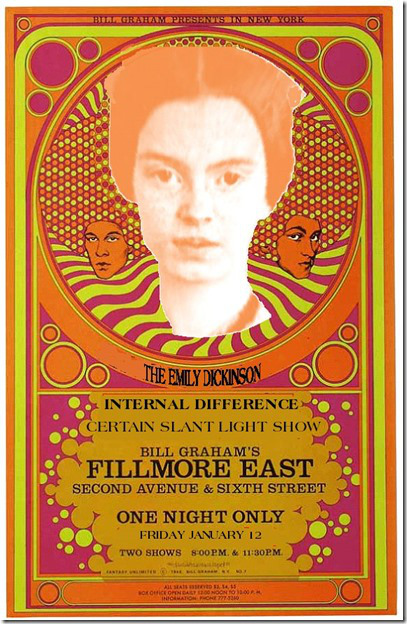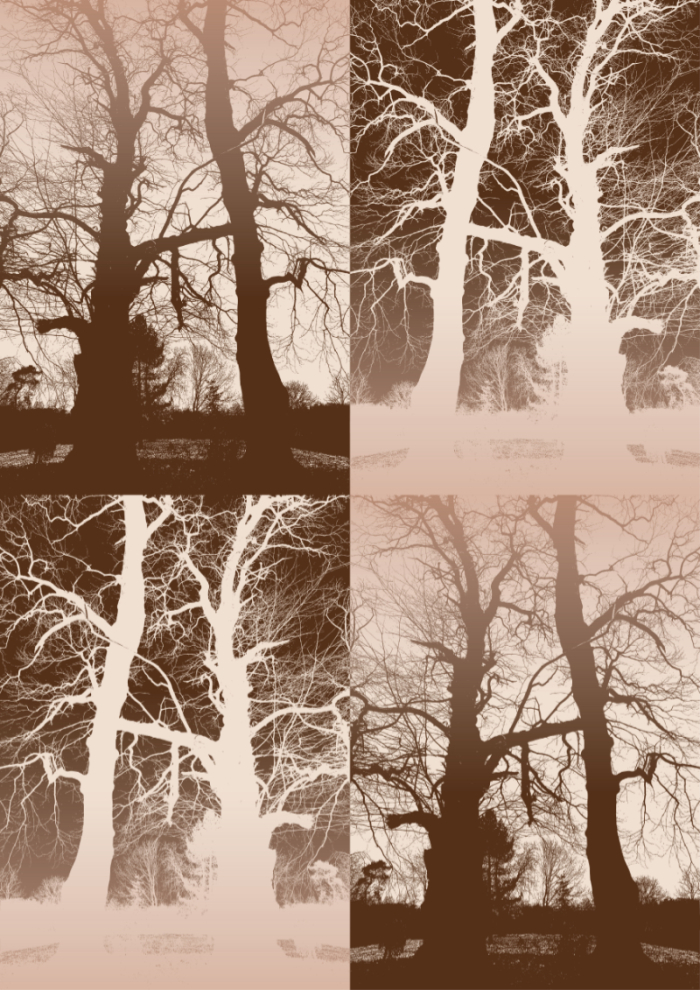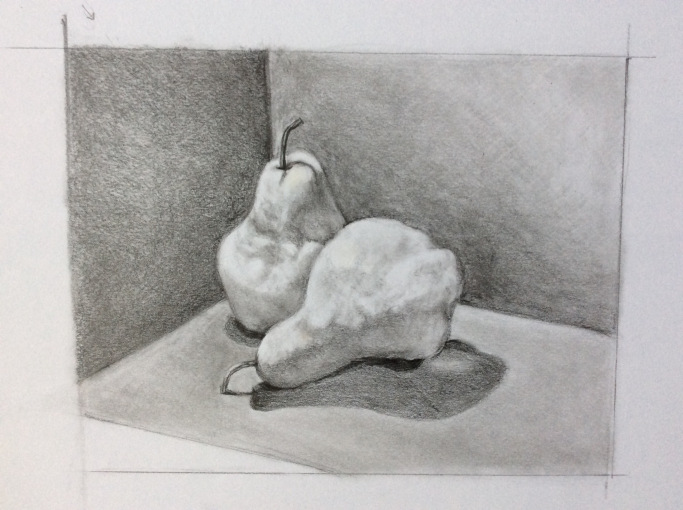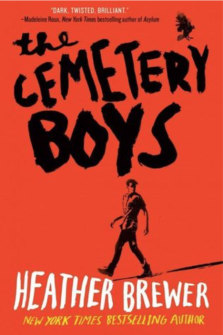The Parlando Project combines various words (usually poetry) with music as varied as I can make it. When I planned the Parlando Project I did not intend to post detailed examinations of the poems’ meanings.
After all, I thought, listening to music is a sensuous experience, and poetry, as it is musical speech, also has its impact when hearing it, independent of any final meaning one could extract from it. Of course, assuming the poetry is in one’s own language, it’s nearly impossible to escape meaning if one allows oneself to listen at all. Some words and phrases will mean something, even on first hearing, even with the most confusing and difficult poetry.
In the end, we may experience a difficult or elusive poem as if it was a set of flat-pack furniture, or a jigsaw puzzle, or as one of those plastic model kits that I bought and glued together in my youth. But in those cases, a wordless black and white sheet with numbers and pointed arrows inside the carton tells you this is to be assembled as a dresser or end table, and the puzzle or model kit has the beautiful color picture on the box top that tells you the pieces’ assembled meaning.
With a poem like Emily Dickinson’s “There’s a Certain Slant of Light” there is no picture of it complete, there are no assembly instructions. If you try to put it together, you may feel there are pieces missing.
The pieces, though, are beautiful, even left unconnected, even if we don’t know what the whole is to be. Slanted light on a winter’s afternoon with a heft like music. Shadows holding their breath. Heavenly hurt without a scar.

There’s no harm in going to the bottom of this post and using the player to hear my performance of “There’s A Certain Slant of Light” without reading the rest of this. There will be no test. There’s no correct answer. You never need to put down your pencil and close your test booklet. Dickinson didn’t write about what she intended with this poem, and intelligent readers have differed in what they found there. Some found an end-table, others a fine art painting, others a plastic 1940 Ford sedan built one of three ways. Some listeners will just enjoy the pieces. There’s a little piano motif I play in it: A, B, C, E ascending and then back to A again. What does that mean? It’s an arpeggiated A minor (add 9) chord, or it’s just a series of notes that sound “meaningful” in sequence without knowing the harmony.

Here’s that player to hear my performance of Emily Dickinson’s “A Certain Slant of Light.” No assembly required.
http://traffic.libsyn.com/parlando/A_Certain_Slant_of_Light.mp3 Advertisements Share this:





